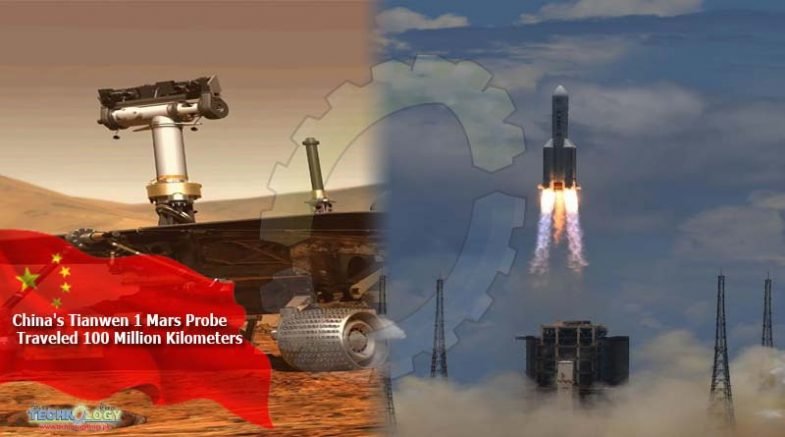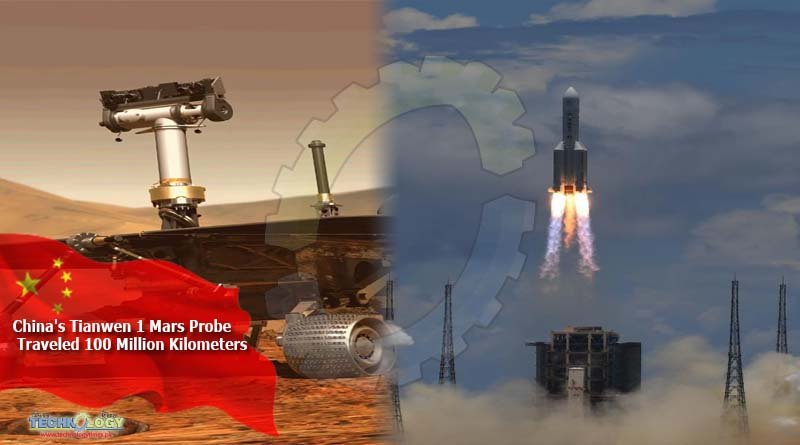China’s Tianwen 1 Mars probe had traveled 100 million kilometers as of Friday morning, according to the China National Space Administration.

The administration said in a statement that the spacecraft was in good condition and several of its mission payloads had completed self-examination and sent scientific data back to ground control.
By Friday morning, the robotic probe had flown about 36 days in an Earth-Mars transfer trajectory toward the red planet, around 10.75 million km from the Earth, it added.
China launched Tianwen 1, the country’s first independent Mars mission, on July 23 from Wenchang Space Launch Center in Hainan province, thus beginning the nation’s planetary exploration program.
On July 27, the probe sent back a picture of Earth and the moon, which was taken by its optical navigation sensor when it was about 1.2 million km away from Earth. It was the first image from the spacecraft to be made public.
If everything goes according to schedule, the 5-metric ton Tianwen 1, which consists of two major parts — an orbiter and landing capsule — will travel more than 470 million km before getting captured by the Martian gravitational field in February.
The mission’s ultimate goal is to soft-land a rover around May 2021 on the southern part of Mars’ Utopia Planitia, a large plain within Utopia — the largest recognized impact basin in the solar system — to make scientific surveys, the administration said.
Weighing about 240 kilograms, the rover, which has yet to be named, has six wheels and four solar panels and is able to move 200 meters per hour on Mars. It carries six scientific instruments including multispectral cameras, ground-penetrating radar and a meteorological measuring device, and is expected to carry out three months of surface explorations on the planet.
If the highly autonomous machine functions well, it will become mankind’s fifth rover deployed on Mars, following its four predecessors from the United States.
Originally published at chinadaily
